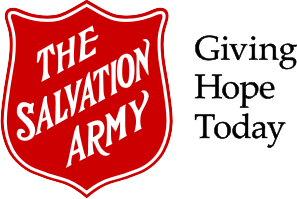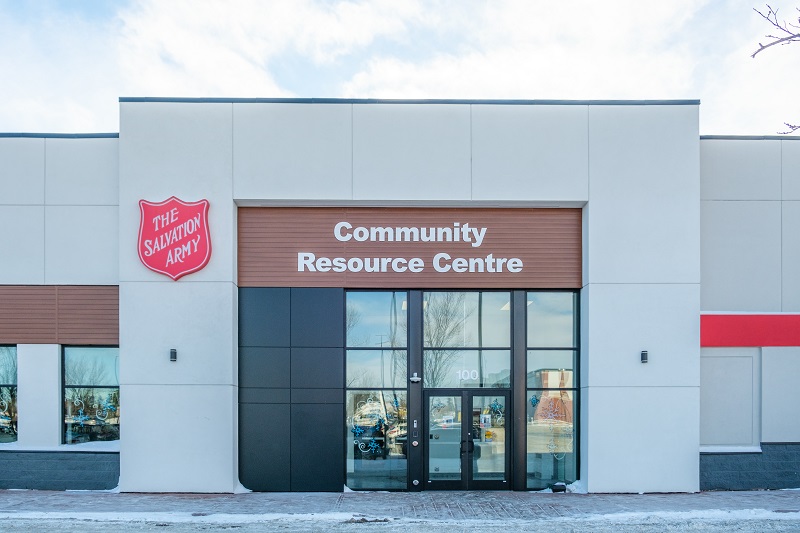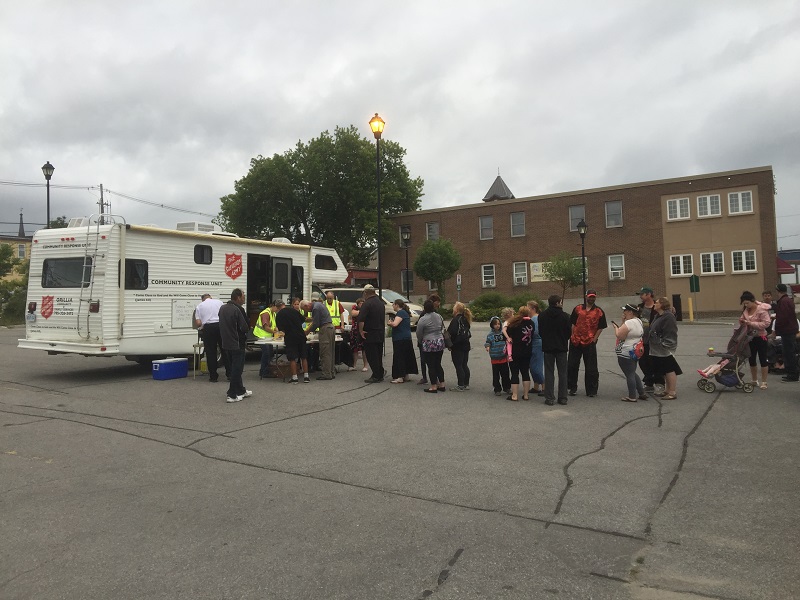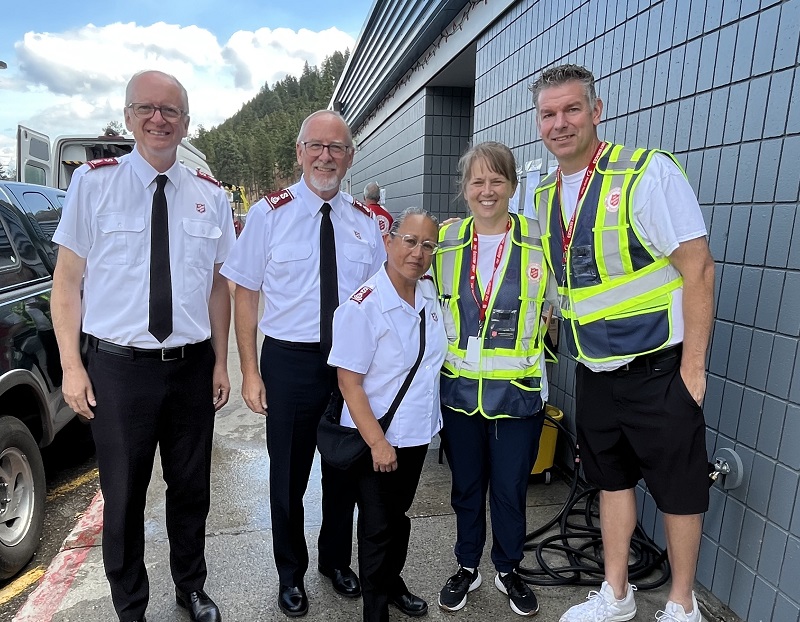International Day for Disaster Risk Reduction
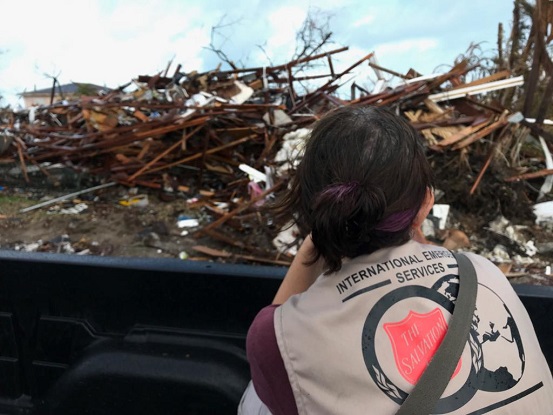
“Disaster risk reduction has become a hot topic in emergency management circles in recent years,” says Perron Goodyear, director of emergency disaster services for The Salvation Army’s Canada and Bermuda Territory. “In the past, the focus for emergency management professionals was mostly on response to incidents followed, out of necessity, by long-term recovery. Recently, however, emphasis has been placed on the other areas of emergency management continuum—prevention/mitigation and preparedness.”
According to the United Nations Office for Disaster Risk Reduction, International Day for Disaster Risk Reduction, held every October 13, celebrates how people and communities around the world are reducing their exposure to disasters and raising awareness about the importance of reining in the risks that they face. With this in mind, Canada has been an active participant in analyzing our threats and looking for ways to reduce them. This includes Emergency Management Strategy for Canada: Toward a Resilient 2030, released earlier this year.
“The Salvation Army’s emergency disaster services have shifted focus from strictly response and long-term recovery to being actively engaged in all aspects of the continuum.”
“The Salvation Army’s emergency disaster services have shifted focus from strictly response and long-term recovery to being actively engaged in all aspects of the continuum. This includes participation in a multi-stakeholder planning group for the annual emergency preparedness week,” says Goodyear. “It also involves looking for strategies aimed at assisting vulnerable Canadians with preparedness and mitigation efforts.
“By partnering with academics, researchers and other external partners, our goal in the coming years is to help at-risk people mitigate and/or prevent adverse effects of natural and human-caused hazards.”
“Canadians who may be most at risk to suffer negative consequences from natural disasters include socio-economically disadvantaged, the elderly, Indigenous people, women and new Canadians,” continues Goodyear. “The Salvation Army supports these and other vulnerable people every day in more than 400 communities across the country. By partnering with academics, researchers and other external partners, our goal in the coming years is to help at-risk people mitigate and/or prevent adverse effects of natural and human-caused hazards.”
The Salvation Army’s emergency disaster services started in response to the Halifax Explosion, which occurred on December 6, 1917. Whether providing critical information or practical assistance, The Salvation Army is committed to helping Canadians before, during and after a disaster.
For more information visit SalvationArmy.ca/eds.
